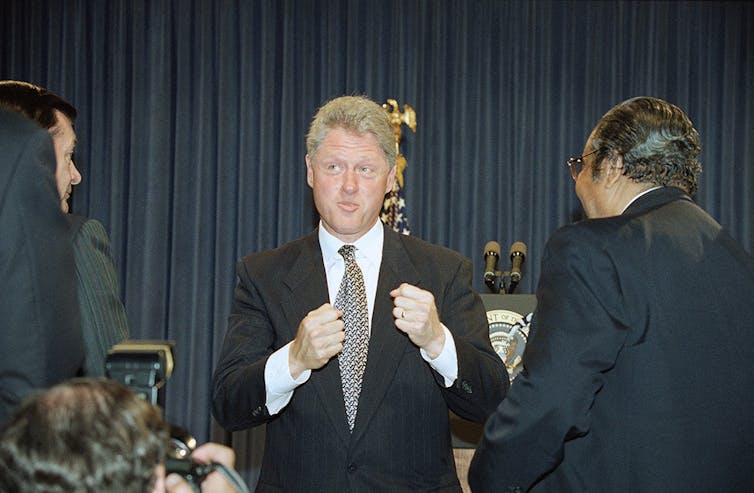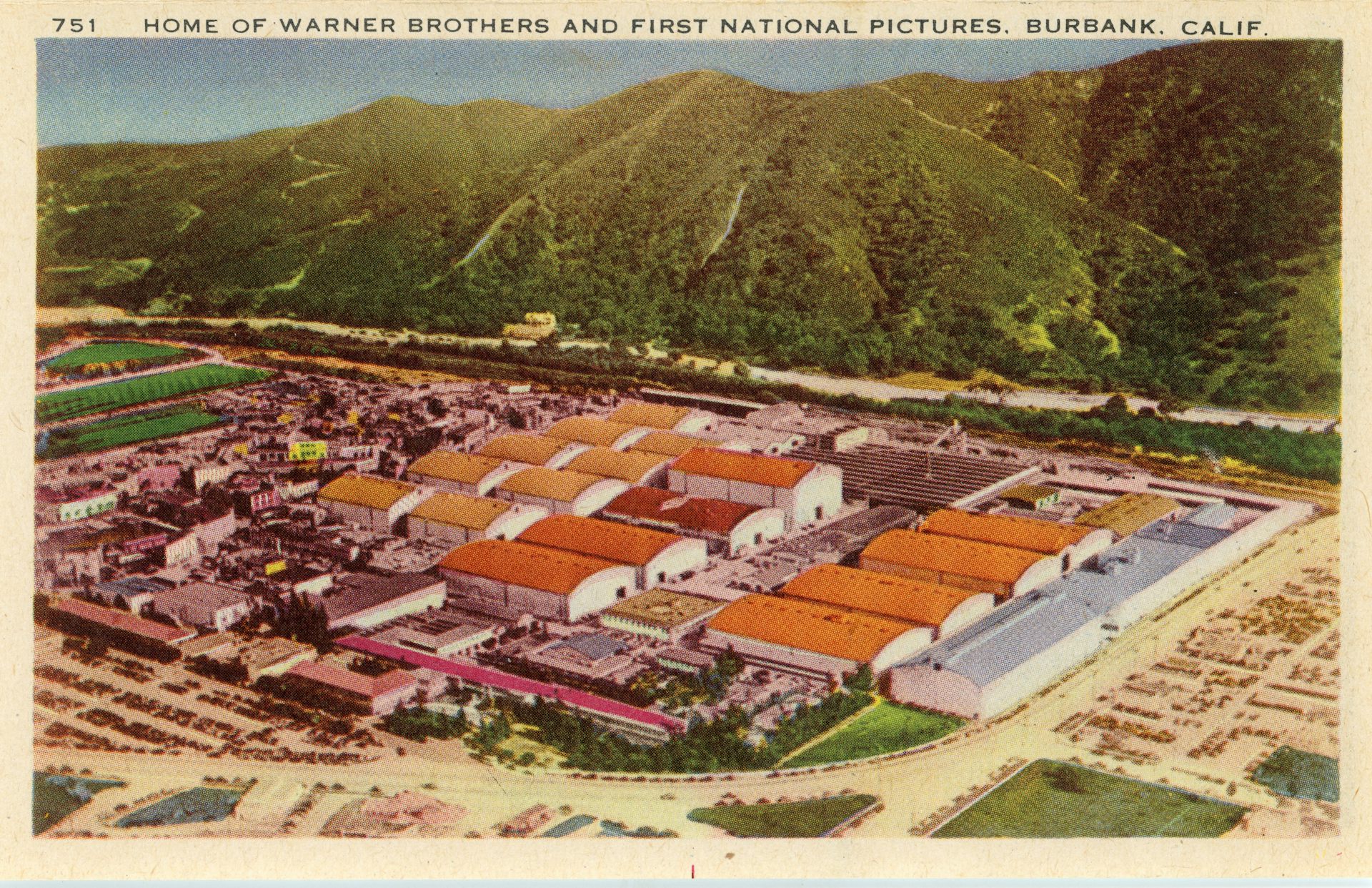Tax law's 'opportunity zones' won't create opportunities for the people who need it most
A new program uses tax incentives to encourage investors to help revitalize low-income communities. Research on similar programs from the past suggest it doesn’t work to reduce poverty.

The latest federal effort to revitalize impoverished parts of the country using tax incentives is beginning to take shape. Unfortunately, if history is a guide, it won’t work.
New York, New Hampshire and Florida are among the latest states to nominate low-income neighborhoods for the new Opportunity Zone program, created as part of the tax law passed late last year. They hope to join the 18 states already in the program, which offers investors a big tax break in exchange for plowing money into areas designated as opportunity zones.
The program’s backers claim this will reduce poverty, increase employment and spur growth. However, research conducted by myself and others shows that this approach tends to fail.
An old approach
At the heart of the Opportunity Zone program is the simple idea that tax incentives for investors will transform declining areas into thriving economic hubs. This is based on the faulty notion that urban or rural deterioration results from excessive taxation undermining capital investment.
Specifically, the program lets investors avoid the usual tax on capital gains by putting their profits into so-called opportunity funds, an incentive that lasts until 2026. At least 90 percent of the assets in such funds must be invested in designated low-income zones, which are based on statistical geographic subdivisions known as “census tracts.” Other incentives kick in if the investment is held for at least 10 years.
This approach is nothing new. In the 1980s, Margaret Thatcher’s government first tested the idea by creating 11 “enterprise zones” in the U.K. that offered a range of tax breaks and regulatory relief. The most famous of these was in London’s dilapidated docks – including Canary Wharf – which soon after underwent a dramatic transformation and is now home to many of the country’s major financial institutions.
Because it showcased the apparent virtues of the free market, the enterprise zone idea quickly crossed the Atlantic and attracted the interest of conservative politicians and thinkers in the United States, such as Brookings Institution policy analyst Stuart Butler – formerly of the Heritage Foundation – and then President Ronald Reagan.
More than 40 U.S. states eventually created these zones, which offer a range of incentives, such as tax relief and job training.
Although Democrats were generally skeptical at first, over time more became sympathetic to pro-market solutions to the problem of urban decay. The Clinton administration, for example, created a related program in 1994 that set up “empowerment zones.”
Both programs have since expired.

Do they work?
Numerous efforts have been made to assess the effectiveness of such zones, both in the U.S. and the U.K. On the whole, scholars have reached the strikingly similar conclusion that the programs did not work, at least not as hoped.
In their exhaustive study of 75 enterprise zones in 13 states, Alan Peters and Peter Fisher, professors of urban and regional planning, found that the tax incentives had “little or no positive impact” on economic growth.
In my own research on Philadelphia, I found that the effect of empowerment zones was negligible. The places inside the empowerment zone boundaries actually fared worse in terms of income and employment growth when compared with similar census tracts. They only marginally better in terms of reducing poverty, which was still more than a third of the city’s households in 2007, over a decade into the program.
Opportunity zone advocates, meanwhile, have pointed to states like New Jersey and Indiana as examples of success. However, one study suggested that increased economic activity in zones in New Jersey came at the expense of non-zone areas nearby, while an analysis of the Indiana program suggested that the incentives encouraged a switch to less productive forms of economic activity.
In the U.K., supporters of the enterprise zone program highlight the London Docklands, which went from a derelict port to a thriving financial services hub. Yet government studies showed that relatively few jobs were created and that each one cost US$35,000 to $45,000 in spending and lost revenue. And my own research shows that despite these gains the area is still home to some of the most “income deprived households” in the U.K.
The goverment’s recent effort to revive the program created 29,000 jobs as of 2017, just half the number it promised, at a cost of about $3 billion.

Helping the poor
Despite the lackluster performance of the tax incentive approach in terms of job creation and poverty reduction, the idea continues to attract support on both sides of the Atlantic and across the political divide.
Sadly, these policies almost inevitably result in tax giveaways for investment that would have occurred anyway, as we’re beginning to see with opportunity zones. Under such circumstances, displacement from gentrification is the likely result.
For example, in Louisville, Kentucky, the central business district and the fast-gentrifying tracts of Nulu, Butchertown and Portland were deemed opportunity zones despite having already seen major capital investment in recent years, yet seven of the 18 poorest tracts were not.
We see the same pattern in New York where places like Sunset Park, Brooklyn, have been targeted despite having already attracted substantial private investment. The New York Times even identified Sunset Park as one of the city’s “hot new neighborhoods.”
So what might work to revitalize poor neighborhoods and help the 40.6 million Americans in poverty? While there’s no panacea, I argue policies that enhance what I call urban social citizenship and empower people to invest in their communities would be far more successful than tax breaks for investors.
Timothy Weaver does not work for, consult, own shares in or receive funding from any company or organisation that would benefit from this article, and has disclosed no relevant affiliations beyond their academic appointment.
Read These Next
What’s at stake in Trump’s executive order aiming to curb state-level AI regulation
In the absence of comprehensive federal AI regulation, states have stepped in. The Trump administration,…
Whether Netflix or Paramount buys Warner Bros., entertainment oligopolies are back – bigger and mor
Hollywood has seen this movie before.
Sharks and rays get a major win with new international trade limits for 70+ species
Sharks have had a tough time since the 1970s, when overfishing, habitat loss and a growing trade in…





